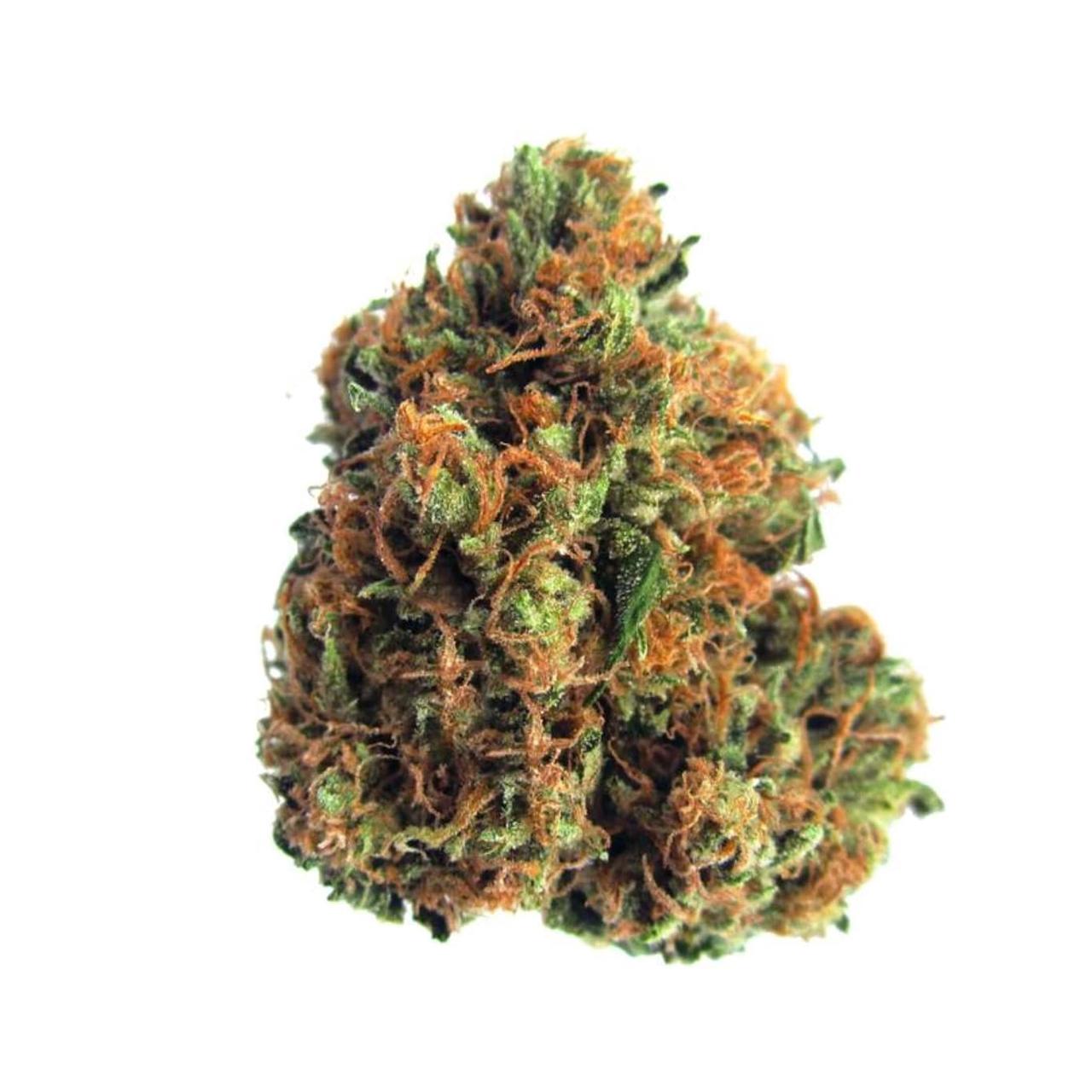MomSeedBank
Marijuana 2025 conspiracy
Marijuana 2025 conspiracy
Verfügbarkeit für Abholungen konnte nicht geladen werden
The idea of a “marijuana conspiracy” typically refers to theories suggesting that the criminalization and stigmatization of marijuana (cannabis) were the result of hidden agendas or deliberate actions by powerful entities. Here are some of the key elements that fuel these conspiracy theories:
1. The Role of Corporate Interests
• Paper Industry: One of the most prominent theories is that in the 1930s, industrialists like William Randolph Hearst, who had significant investments in the paper and timber industries, lobbied against hemp production because hemp was a cheaper, more sustainable alternative for making paper. The theory suggests that Hearst, along with other industrialists, used his media empire to demonize marijuana.
• Pharmaceutical Industry: Some believe that pharmaceutical companies lobbied to suppress cannabis because it threatened the profits of their patented medicines. Cannabis was widely used for medicinal purposes before its prohibition, and it could serve as an inexpensive alternative to prescription drugs for various ailments.
2. Harry Anslinger and Racism
• Anslinger’s Role: Harry J. Anslinger, the first commissioner of the U.S. Federal Bureau of Narcotics, is often cited as a key figure in the conspiracy. He played a major role in the campaign to criminalize marijuana in the 1930s. Anslinger is accused of using racist rhetoric to generate fear around cannabis, associating its use with marginalized groups, particularly Black and Mexican communities. His influence helped pass the Marihuana Tax Act of 1937, which effectively criminalized the plant.
• Racist Propaganda: Anslinger’s anti-marijuana campaign included claims that marijuana use led to violence, insanity, and immoral behavior, particularly among minority communities. These claims were often baseless but effective in shaping public perception.
3. The War on Drugs
• Nixon and Political Motivation: In the 1970s, President Richard Nixon declared a “War on Drugs,” which included marijuana. According to some conspiracy theories, the crackdown on marijuana was politically motivated, designed to target groups like anti-war activists, counterculture movements, and minority communities. In 1994, former Nixon aide John Ehrlichman was quoted as saying that the administration knew it could use drug laws to disrupt and discredit these groups.
• Mass Incarceration: The War on Drugs is linked to the large-scale incarceration of non-violent drug offenders, particularly people of color. Some believe that the prohibition of marijuana, despite its relatively low harm compared to other substances, was part of a strategy to control and disenfranchise these communities.
4. Medical Marijuana Suppression
• Suppression of Research: Advocates of the marijuana conspiracy theory often argue that the government and pharmaceutical companies worked to suppress research on the medical benefits of cannabis. Despite anecdotal evidence and centuries of use as medicine, cannabis was classified as a Schedule I drug in the U.S. under the Controlled Substances Act of 1970, making it difficult to study.
• Economic Interests: Many believe that the legal status of marijuana was maintained to protect industries like alcohol, tobacco, and pharmaceuticals, which stood to lose profits if cannabis were legalized and became a widespread alternative.
5. Legalization Efforts
• Pushback Against Legalization: Some conspiracy theories suggest that even modern efforts to legalize marijuana are met with resistance from industries that still stand to lose—particularly the pharmaceutical industry. Although cannabis has been legalized in several countries and U.S. states, federal legalization remains contentious.
6. The Role of Misinformation
• Reefer Madness: The 1936 propaganda film Reefer Madness is often cited as an example of how misinformation was used to create a climate of fear around marijuana use. The film portrayed exaggerated, unrealistic consequences of using marijuana, contributing to the negative stigma that persists in some areas to this day.
7. Shifting Perspectives
• Changing Laws: In recent years, public perception has shifted significantly, with more states and countries legalizing or decriminalizing cannabis for both medical and recreational use. This has led to questions about why it was ever criminalized in the first place and whether there were deeper motivations beyond public health concerns.
• Economic Impact: With the growth of the legal marijuana industry, some argue that the benefits of cannabis legalization, including tax revenue, job creation, and reduced incarceration rates, show that the harms of prohibition may have been overstated or driven by other interests.
Conclusion
The “marijuana conspiracy” is fueled by a mix of historical events, political agendas, and corporate interests, combined with misinformation and racially charged propaganda. While some aspects of the theory, like corporate lobbying and racism in drug policy, are well-documented, other claims are more speculative.
Do you find any of these aspects particularly compelling or have any additional insights?
Share


